-
 bitcoin
bitcoin $120167.907534 USD
1.27% -
 ethereum
ethereum $4468.611945 USD
2.53% -
 xrp
xrp $3.013607 USD
1.80% -
 tether
tether $1.000549 USD
-0.01% -
 bnb
bnb $1092.592149 USD
6.28% -
 solana
solana $231.391244 USD
4.59% -
 usd-coin
usd-coin $0.999699 USD
-0.04% -
 dogecoin
dogecoin $0.259020 USD
4.30% -
 tron
tron $0.342747 USD
0.34% -
 cardano
cardano $0.860977 USD
1.07% -
 hyperliquid
hyperliquid $50.155412 USD
5.34% -
 chainlink
chainlink $22.637678 USD
0.46% -
 ethena-usde
ethena-usde $1.000528 USD
-0.07% -
 avalanche
avalanche $30.613779 USD
-0.07% -
 stellar
stellar $0.403905 USD
0.94%
Is RSI still useful in a bear market? How to avoid false signals?
RSI can be effective in bear markets with adjusted thresholds and combined indicators; traders should also use divergence and risk management to avoid false signals.
May 22, 2025 at 11:21 am
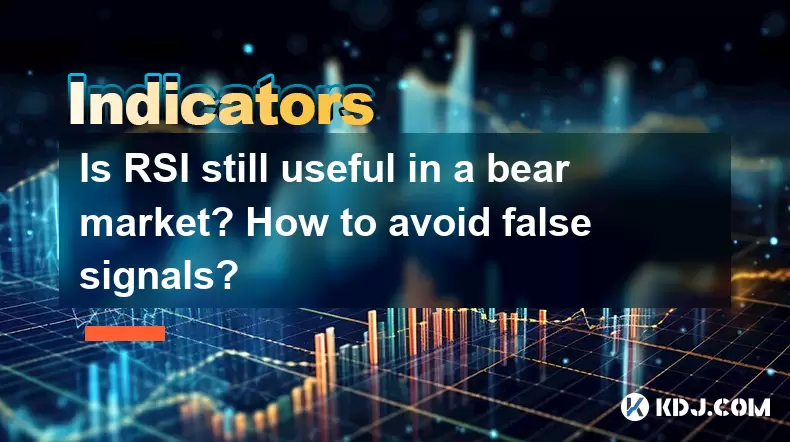
The Relative Strength Index (RSI) is a popular momentum oscillator used by traders to gauge the speed and change of price movements. While it's widely used in bullish markets, many traders question its effectiveness during bear markets. In this article, we will explore whether the RSI remains useful in bear markets and provide strategies to avoid false signals.
Understanding RSI in Bear Markets
The RSI, developed by J. Welles Wilder, measures the magnitude of recent price changes to evaluate overbought or oversold conditions in the price of a stock or other asset. Typically, an RSI value above 70 indicates that an asset might be overbought, while a value below 30 suggests it might be oversold. In bull markets, these thresholds often help traders identify potential reversal points. But how does this translate to bear markets?
In bear markets, the general downward trend can cause RSI readings to remain in the oversold territory for extended periods. This can lead to false signals where the RSI suggests a buying opportunity, but the price continues to decline. However, this doesn't mean the RSI is useless. Traders can adapt their strategies to account for the unique characteristics of bear markets.
Adjusting RSI Thresholds in Bear Markets
One effective strategy to improve the RSI's reliability in bear markets is to adjust the traditional thresholds. Instead of using 70 and 30 as overbought and oversold levels, traders might consider using more conservative thresholds.
- Lowering the overbought threshold to 60 or even 50 can help avoid premature sell signals, as assets in bear markets may not reach the traditional 70 level before continuing to decline.
- Raising the oversold threshold to 40 or 35 can help traders avoid buying into assets that remain in a downtrend.
By making these adjustments, traders can better align the RSI with the market's prevailing sentiment and reduce the frequency of false signals.
Combining RSI with Other Indicators
Another way to enhance the RSI's effectiveness in bear markets is to use it in conjunction with other technical indicators. This multi-indicator approach can provide a more comprehensive view of market conditions and help filter out false signals.
- Moving Averages: Using a simple or exponential moving average can help confirm RSI signals. For example, if the RSI indicates an oversold condition and the price is also below a long-term moving average, it might suggest a stronger bearish trend, warranting caution.
- MACD (Moving Average Convergence Divergence): The MACD can help identify trend changes. When the RSI and MACD align in their signals, it can increase the confidence in the trade.
- Volume: High volume during RSI reversals can validate the signal, suggesting stronger buying or selling pressure.
By combining the RSI with other indicators, traders can develop a more robust trading strategy that reduces the likelihood of false signals.
Using Divergence to Confirm RSI Signals
Divergence occurs when the price movement and the RSI indicator move in opposite directions. This can be a powerful tool in bear markets to confirm or refute RSI signals.
- Bullish Divergence: If the price is making lower lows while the RSI is making higher lows, it suggests that the downward momentum is weakening, and a potential reversal might be imminent.
- Bearish Divergence: Conversely, if the price is making higher highs while the RSI is making lower highs, it indicates that the upward momentum is waning, and a bearish reversal might be on the horizon.
In bear markets, traders should pay close attention to bullish divergence, as it can signal the end of a downtrend and the start of a potential recovery. However, it's crucial to wait for additional confirmation from other indicators or price action before acting on these signals.
Avoiding False Signals with Proper Risk Management
Even with adjusted thresholds, combined indicators, and divergence analysis, false signals can still occur. Therefore, implementing sound risk management practices is essential to mitigate potential losses.
- Stop-Loss Orders: Always set stop-loss orders to limit potential losses if the market moves against your position. The stop-loss level should be based on your risk tolerance and the volatility of the asset.
- Position Sizing: Adjust your position size according to the confidence level of your trade. If you're less certain about a signal, reduce your exposure to minimize potential losses.
- Trade Confirmation: Wait for additional confirmation signals before entering a trade. This might include waiting for a candlestick pattern, a breakout from a key level, or a confirmation from another technical indicator.
By incorporating these risk management techniques, traders can better navigate the challenges posed by false signals in bear markets.
Practical Example: Using RSI in a Bear Market
To illustrate how to use the RSI effectively in a bear market, let's consider a hypothetical scenario involving Bitcoin (BTC) during a prolonged downtrend.
- Initial Setup: The RSI is set to a 14-period calculation, with adjusted overbought and oversold levels at 60 and 40, respectively.
- Observation: Bitcoin's price has been steadily declining, and the RSI has been hovering around the 30 level for several weeks, indicating an oversold condition.
- Divergence Analysis: You notice that while Bitcoin's price continues to make lower lows, the RSI starts to make higher lows, suggesting a bullish divergence.
- Confirmation with Other Indicators: You check the MACD, which shows a bullish crossover, and the volume, which increases on the days when the price starts to show signs of recovery.
- Trade Execution: With these confirmations, you decide to enter a long position on Bitcoin, setting a stop-loss order just below the recent low to manage risk.
- Monitoring and Adjustment: As the trade progresses, you continue to monitor the RSI and other indicators. If the RSI fails to break above 60 or if other indicators start to show bearish signals, you might consider closing the position or adjusting your stop-loss level.
This example demonstrates how combining adjusted RSI thresholds, divergence analysis, and other technical indicators can help traders make more informed decisions in bear markets.
FAQs
Q: Can RSI be used as a standalone indicator in bear markets?A: While the RSI can provide valuable insights into market conditions, it is generally more effective when used in conjunction with other technical indicators. In bear markets, relying solely on the RSI can lead to false signals, so it's advisable to use it alongside other tools like moving averages, MACD, and volume analysis.
Q: How often should RSI thresholds be adjusted in bear markets?A: There is no one-size-fits-all answer, as market conditions can change rapidly. However, traders might consider reviewing and adjusting their RSI thresholds periodically, such as weekly or monthly, based on the asset's volatility and overall market sentiment.
Q: What are the common mistakes traders make when using RSI in bear markets?A: Common mistakes include not adjusting RSI thresholds, ignoring divergence signals, and failing to use other indicators for confirmation. Traders often enter trades based on RSI signals alone without considering the broader market context, which can lead to significant losses.
Q: Is it possible to use RSI for short-term trading in bear markets?A: Yes, RSI can be used for short-term trading in bear markets, but it requires careful monitoring and quick adjustments. Short-term traders should pay close attention to intraday RSI readings and use shorter time frames (e.g., 5-minute or 15-minute charts) to capture quick price movements while managing risk effectively.
Disclaimer:info@kdj.com
The information provided is not trading advice. kdj.com does not assume any responsibility for any investments made based on the information provided in this article. Cryptocurrencies are highly volatile and it is highly recommended that you invest with caution after thorough research!
If you believe that the content used on this website infringes your copyright, please contact us immediately (info@kdj.com) and we will delete it promptly.
- BlockDAG, DOGE, HYPE Sponsorship: Crypto Trends Shaping 2025
- 2025-10-01 00:25:13
- Deutsche Börse and Circle: A StableCoin Adoption Powerhouse in Europe
- 2025-10-01 00:25:13
- BlockDAG's Presale Buzz: Is It the Crypto to Watch in October 2025?
- 2025-10-01 00:30:13
- Bitcoin, Crypto, and IQ: When Genius Meets Digital Gold?
- 2025-10-01 00:30:13
- Stablecoins, American Innovation, and Wallet Tokens: The Next Frontier
- 2025-10-01 00:35:12
- NBU, Coins, and Crypto in Ukraine: A New Yorker's Take
- 2025-10-01 00:45:14
Related knowledge
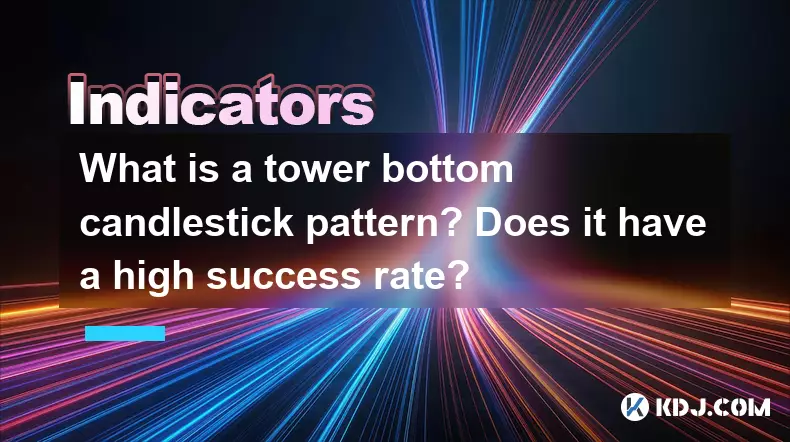
What is a tower bottom candlestick pattern? Does it have a high success rate?
Sep 22,2025 at 07:18am
Tower Bottom Candlestick Pattern Explained1. The tower bottom candlestick pattern is a reversal formation that typically appears at the end of a downt...
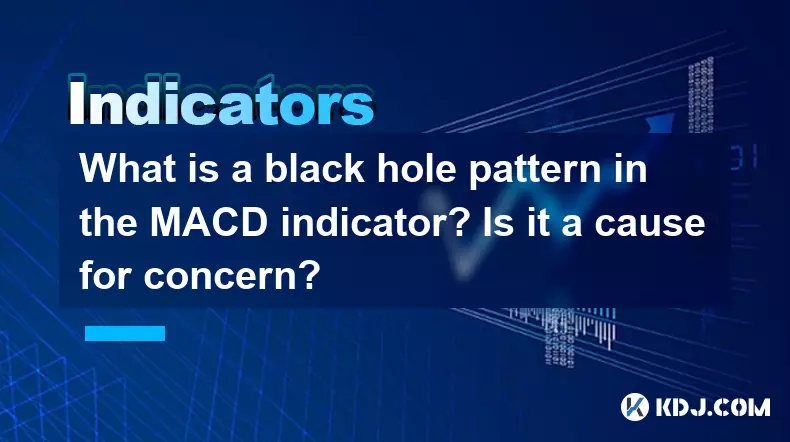
What is a black hole pattern in the MACD indicator? Is it a cause for concern?
Sep 21,2025 at 06:54pm
Bitcoin's Role in Decentralized Finance1. Bitcoin remains the cornerstone of decentralized finance, serving as a benchmark for value and security acro...

How can I use the psychological line (PSY) to determine market sentiment?
Sep 17,2025 at 02:19pm
Understanding the Psychological Line (PSY) in Cryptocurrency TradingThe Psychological Line, commonly referred to as PSY, is a momentum oscillator used...
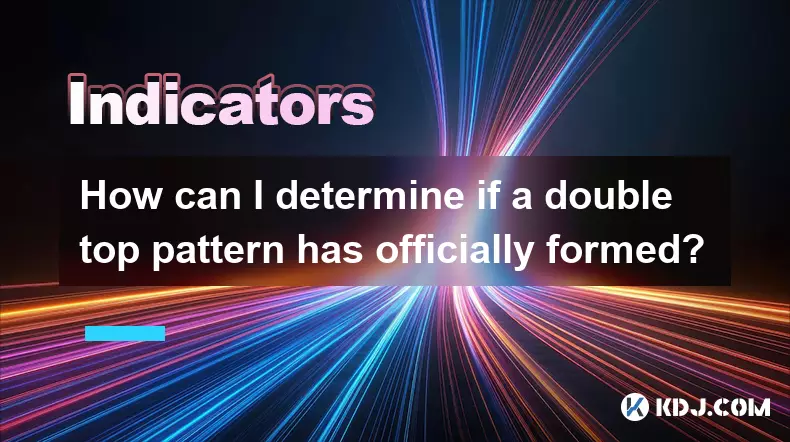
How can I determine if a double top pattern has officially formed?
Sep 21,2025 at 03:18am
Understanding the Structure of a Double Top Pattern1. A double top pattern consists of two distinct peaks that reach approximately the same price leve...
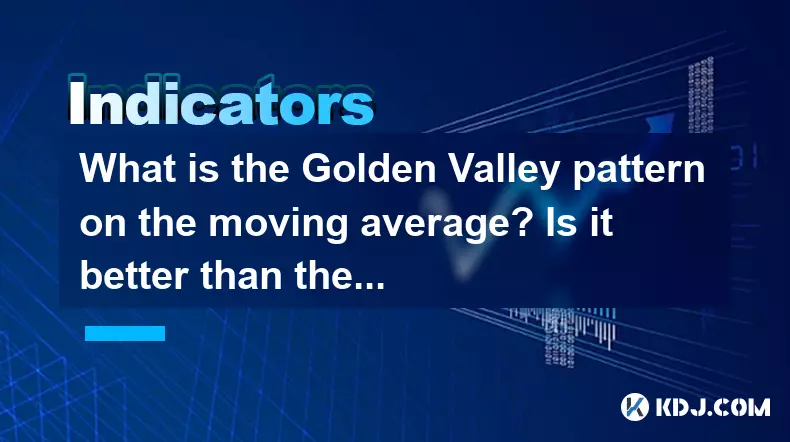
What is the Golden Valley pattern on the moving average? Is it better than the Silver Valley pattern?
Sep 21,2025 at 02:54pm
Understanding the Golden Valley Pattern in Moving Averages1. The Golden Valley pattern is a technical formation observed in cryptocurrency price chart...

What does a death cross of the RSI in the strong zone (above 50) mean?
Sep 17,2025 at 10:54pm
Understanding the Death Cross in RSI Context1. The term 'death cross' is traditionally associated with moving averages, where a short-term average cro...

What is a tower bottom candlestick pattern? Does it have a high success rate?
Sep 22,2025 at 07:18am
Tower Bottom Candlestick Pattern Explained1. The tower bottom candlestick pattern is a reversal formation that typically appears at the end of a downt...

What is a black hole pattern in the MACD indicator? Is it a cause for concern?
Sep 21,2025 at 06:54pm
Bitcoin's Role in Decentralized Finance1. Bitcoin remains the cornerstone of decentralized finance, serving as a benchmark for value and security acro...

How can I use the psychological line (PSY) to determine market sentiment?
Sep 17,2025 at 02:19pm
Understanding the Psychological Line (PSY) in Cryptocurrency TradingThe Psychological Line, commonly referred to as PSY, is a momentum oscillator used...

How can I determine if a double top pattern has officially formed?
Sep 21,2025 at 03:18am
Understanding the Structure of a Double Top Pattern1. A double top pattern consists of two distinct peaks that reach approximately the same price leve...

What is the Golden Valley pattern on the moving average? Is it better than the Silver Valley pattern?
Sep 21,2025 at 02:54pm
Understanding the Golden Valley Pattern in Moving Averages1. The Golden Valley pattern is a technical formation observed in cryptocurrency price chart...

What does a death cross of the RSI in the strong zone (above 50) mean?
Sep 17,2025 at 10:54pm
Understanding the Death Cross in RSI Context1. The term 'death cross' is traditionally associated with moving averages, where a short-term average cro...
See all articles










































































